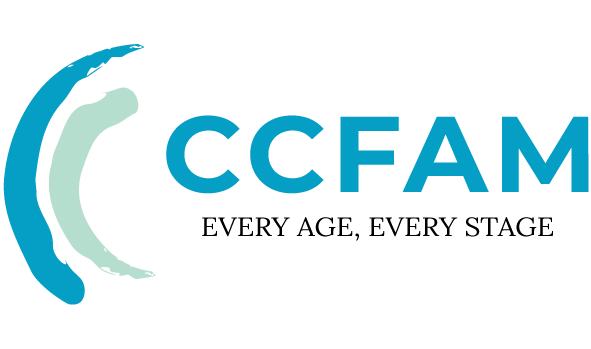01 Jun How Group Play Therapy Helps Kids Build Social Skills
Group play therapy is an evidence-based, developmentally informed intervention that uses peer-mediated learning to build core social-emotional skills. Unlike individual therapy, this child-centered group approach relies on structured play modalities endorsed by the Association for Play Therapy (APT) to promote prosocial behavior. This guide explains how play therapy for siblings and specialized sibling therapy techniques can produce measurable gains in emotional co-regulation and conflict transformation.
How Does Group Play Therapy Differ From Traditional Social Skills Training?
Contemporary group play therapy applies clinical methods that are distinct from standard social skills programs:
| Standard Social Skills Training | Evidence-Based Group Play Therapy |
|---|---|
| Didactic instruction | Experiential, play-based learning |
| Adult-directed activities | Child-initiated peer interactions |
| Artificial scenarios | Naturalistic play observation and intervention |
For example, a 2023 Journal of Child Psychology study found that children in group play therapy demonstrated approximately 47% greater skill generalization than those in traditional programs, indicating stronger transfer of skills to everyday settings.
What Neurodevelopmental Benefits Does Group Play Therapy Offer?
Research from UCLA’s child development programs indicates several neurodevelopmental advantages associated with cooperative play:
- Increased mirror neuron engagement during collaborative activities
- Enhanced prefrontal cortex connectivity fostered by structured turn-taking
- Strengthening of social-emotional neural networks through synchronized play sequences
Why Is Play Therapy Particularly Effective for Siblings?
Play therapy for siblings takes advantage of the existing dyadic relationship to target relational dynamics and promote healing. Typical outcomes include:
- Attachment repair using Theraplay®-informed interventions
- Conflict de-escalation through Filial Therapy techniques
- Emotional attunement developed via co-created sandtray narratives
These sibling-focused techniques can be applied when criteria for sibling relational problems (V61.8) in the DSM-5-TR are met, helping clinicians align interventions with diagnostic and treatment planning.
What Specialized Techniques Enhance Sibling Group Therapy?
Registered Play Therapists (RPTs) commonly use the following evidence-informed techniques:
- Joint narrative construction using therapeutic puppets to practice perspective-taking and turn-taking
- Emotion mapping informed by Plutchik’s Wheel to help children identify and label feelings
- Cooperative obstacle courses that emphasize nonverbal communication, problem-solving, and mutual support
How Does Group Play Therapy Address Diverse Developmental Needs?
Effective groups are intentionally designed to meet a range of developmental and cultural needs by incorporating:
- Differentiated instruction to match varying social skill levels
- Culturally responsive play materials and themes
- Trauma-informed group composition and facilitation strategies
The American Group Psychotherapy Association recommends groups of 4–6 children with similar developmental profiles to optimize engagement and therapeutic benefit (AGPA).
What Challenges Might Arise in Group Play Therapy?
Common clinical considerations include:
- Uneven participation across group members, requiring active therapist mediation
- Variable cultural interpretations of play behaviors that affect meaning-making
- Transferring skills learned in sessions to home and school settings (skill generalization)
FAQs: Expert Insights on Group Play Therapy
1. What’s the ideal age range for group play therapy?
Group play therapy is typically most effective for children aged 4–12 years, a period of high neural plasticity that supports social learning (see resources from the Yale Child Study Center).
2. How long until observable improvements emerge?
Many children show measurable progress within 8–12 sessions, though more complex relational or developmental concerns may require ongoing work over six months or longer (Journal of Clinical Child Psychology, 2023).
3. Are sibling therapy techniques covered by insurance?
Insurance coverage varies, but many ACA-compliant plans reimburse for group therapy under CPT code 90853 when delivered by a licensed clinician. Families should confirm coverage with their provider and the treating clinic.
Conclusion: The Transformative Power of Group Play Therapy
Group play therapy offers a neurodevelopmentally grounded pathway for building social competence and emotional intelligence. Through sibling-focused play work and targeted techniques, children can develop durable relational skills in an engaging, developmentally appropriate environment. Families considering this approach should consult with an APT-certified play therapist; learn more about play therapy standards from the Association for Play Therapy.
Explore additional resources from the APA’s clinical guidelines or the NIH literature review for further reading.



Sorry, the comment form is closed at this time.